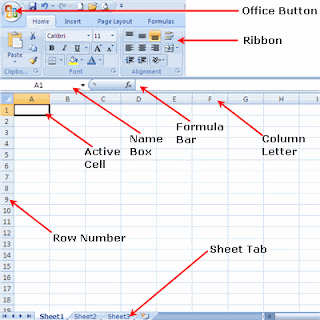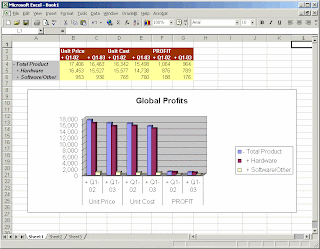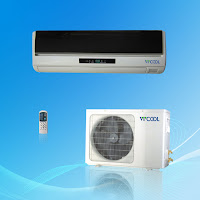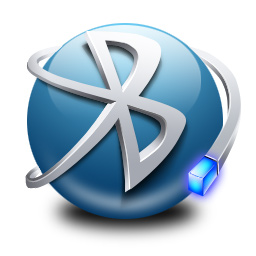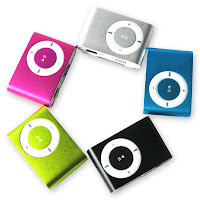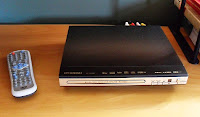Digital divide
What is digital divide?
The
expression "digital divide" refers to the existing gap between
those who can use new digital technologies and those who can’t. This is a key
issue of today’s society, since it also provokes a distinction between those
who can access certain information and those who are unable to do so.
Some experts and researchers consider the digital divide to be merely
an economic problem that affects poor countries; although the greatest part
of these technologies is manufactured in developing countries, those ones who
can afford them lack the necessary literacy and knowledge of how to use them.
However,
identifying the problem exclusively in the economic condition would result
inappropriate: the digital divide expresses itself also in the
impossibility to use digital technologies within a considerable percentage of
the industrialized countries population. This means that even when people can
afford buying a computer or a mobile phone, they are not automatically capable
of using it.
Another aspect of the digital divide
issue is the one that addresses empowerment, which is the ability to fully use
the opportunities provided by digital technologies; even if those technologies
were accessible and very easy to use, many people would still not be able to
take full advantage of their potential.
Solutions to digital divide:
1- developing
countries first build up the literacy/language skills, computer literacy, and
technical competence that low-income and rural populations need in order to
make use of ICT.
2- Government can try to control the Internet by
monopolizing control" and Norris et al. also contends.If there is less government control of it, the Internet flourishes, and
it is associated with greater democracy and civil liberties
3- invest in stimulating, attracting, and growing
creative technical and scientific workforce; increase the access to education
and digital literacy; reduce the gender divide and empower women to participate
in the ICT workforce; emphasize investing in intensive Research and Development
for selected metropolitan areas and regions within nations

